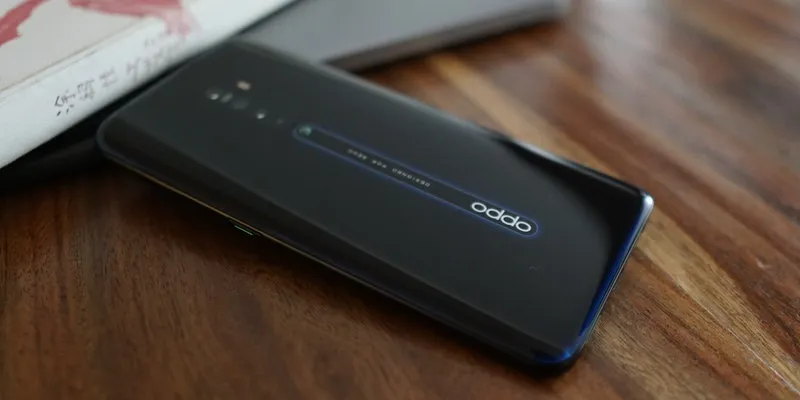Smartphone maker Oppo on Thursday said it will allocate $143 million in 2020 for supporting developers across the globe to boost its operating ecosystem.
At the OPPO Developer Conference (ODC) in Beijing, the company said: "developer support programme Gravity Plan 2.0, for which OPPO will allocate RMB 1 billion (about $143 million) in 2020, will majorly focus on Asian markets including India."

The company also announced a $7 billion investment in research and development over the next three years to develop core technologies in hardware, software and system in addition to 5G, artificial intelligence, augmented reality, etc.
"Oppo understands India as their key market and aims to reach out to the large talent pool of innovators, developers and partners," the company said.
Oppo has claimed to have made remarkable progress in building a new ecosystem, boasting more than 320 million monthly active users globally on its ColorOS operating system (built on top of Android OS) and accumulating a massive number of users across its applications, services, and content ecosystem.
The company said that more than 120,000 developers have already joined the OPPO's platform till date.
"With the help of ColorOS, which is available in more than 140 countries and regions around the world, the 'Gravity Plan 2.0' will build on last year's plan to provide sustained and all-round support to partners in the four major fields of applications, services, content and going global," said Henry Duan, Vice President, Internet Services, Oppo.
The Chinese smartphone maker also announced $7 billion investment in R&D.
"Oppo plans to invest RMB 50 billion ($7 billion) into R&D spending in the next three years to develop core technologies in hardware, software and system in addition to 5G, AI, AR, big data and other frontier technologies," the statement said.
Comments
Post a Comment